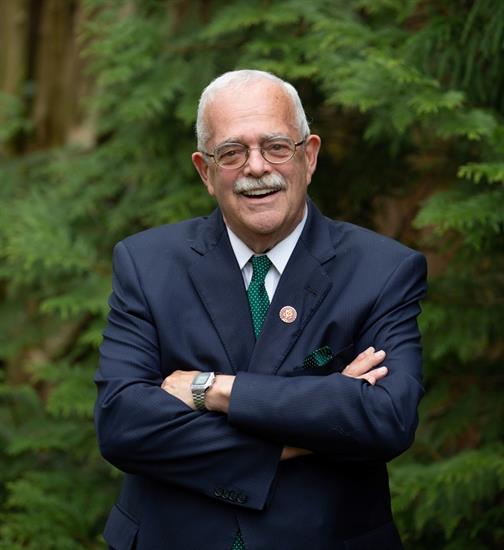Equity Works and We Know It
by Jennifer Roberts
We understand equity and its effect on living a quality life. Equity affects the way we shop, eat, purchase vehicles and purchase homes. We even see it at work in little things that don’t seem to have much significance. Creating equitable environments is what we do.
Look at the way we purchase shoes and clothing. We do not take a “one size fits all” approach. Shoes come in many sizes, shapes, styles and widths and we make selections depending on our specific needs. The same is true with clothing. Now more than ever, we have access to clothing in a variety sizes and fabrics that meet our unique needs. Let’s look at vehicles. If I need a car that seats seven people and the salesperson shows me a sedan that seats five people and says, “Here’s your car,” I am going to look at him strangely and walk away because it doesn’t meet my needs. I could go on but I think you get the idea.
Several years ago, I read the book, “Fish in a Tree” by Lynda Mullaly Hunt. It instantly became one of my favorite books because of its resounding message of equity and the unrivaled value of what can happen when teachers truly “see” students and minister to their individual needs.
The title of the book alone speaks to the absurdity of a creature being in an environment in which it has no chance of thriving because it was not created for that environment. The creature’s inability to adapt to the available environment is not a reflection of its ability to be successful; it is a glaring indication that creature wasn’t created for that environment and needs a different environment.
When we provide students with learning environments in which they can thrive, they do. This does not mean that every student will be an “A” student, but it does mean that every student can learn effectively. It also doesn’t necessarily mean that every student needs to a different classroom or a different school. There should be varied opportunities for the learning of varied students in the same classroom environment.
When one of my children was in elementary school, I remember attempting to partner with some of their teachers to give them what they so needed to be successful. For a short time, I relied on the expertise of the teachers to create an equitable learning environment but that didn’t occur. I immediately drafted an approach to learning that offered more evaluation options and more ways to engage students during instruction. My suggestions wouldn’t just help my child, they could be used with all children. I even shared with staff members what I had done at home with great success. I met with school leadership and was told that some of what I was suggesting could be implemented but not all of it. I’m a team player so I understood compromise and slow progress. Unfortunately, none of it was implemented.
Part of my draft included creating more options to evaluate children’s understanding of material presented. For instance, it did not make sense to me that at the end of a unit, every student was given the same computerized or pencil-and-paper evaluation. In my presentation, I suggested that there could be multiple ways of evaluating a student’s understanding including but not limited to projects, oral presentations, reports, technology enhanced presentations, student created videos and student created art projects to name a few. Students who were successful with the traditional assessments could keep taking them. If the goal was to evaluate the student’s understanding, a variety of evaluation tools could be used to accomplish that goal. Nothing changed.
The school was heavily supported with parent volunteers who were available during the day. In response to understanding that teachers rarely have the time or capacity to engage in as many hands-on projects as they might like, I suggested recruiting and training a dedicated corps of volunteers that could support the teachers on project days and help with small group instruction/reinforcement and support students one on one throughout the school year. If the problem truly was that the teachers needed support to offer more varied learning experiences, we could solve that problem by providing more support. Nothing changed.
My mother, the G.O.A.T. of education, raised me to see things in education that most other parents that I talk to do not see. I couldn’t understand what she was trying to show me when I was a student, but now that I am mothering my own two children, I get it. I’m able to make comparisons of what is to what could be. I’m able to recognize when the salesperson is showing me a sedan when what I really need is a van to meet my child’s needs. My mom taught me to advocate for what is not being offered and to know the difference between mediocrity and excellence.
Educational equity has the potential to give every child access to a quality education regardless of race, ethnicity, socioeconomic background, or zip code.. Students, families, communities, and generations thrive when we intentionally create environments that facilitate and expect the success of all members. Our students and our community are worth it.



